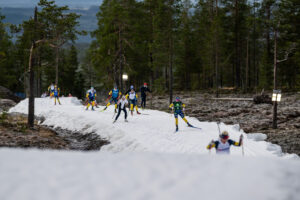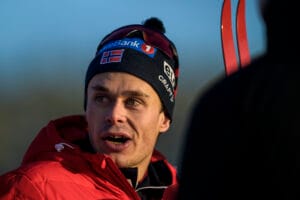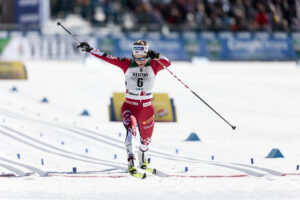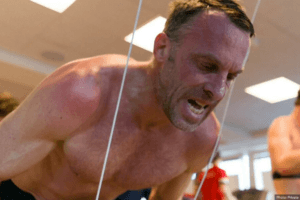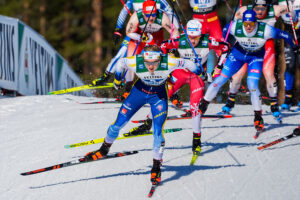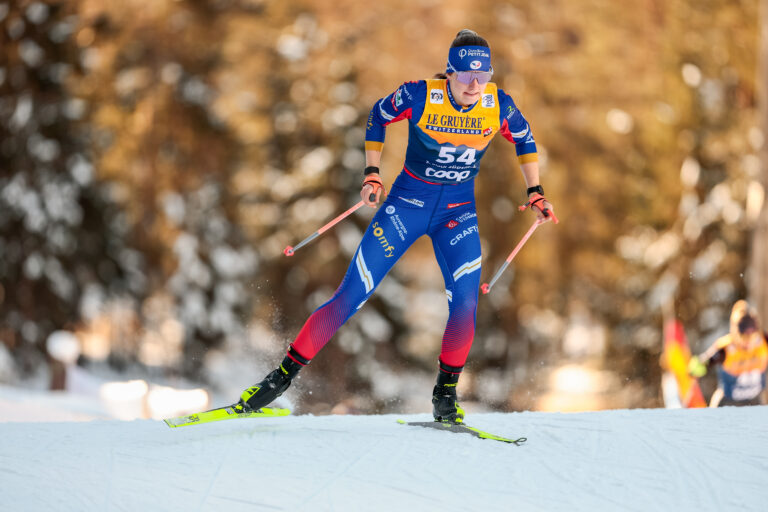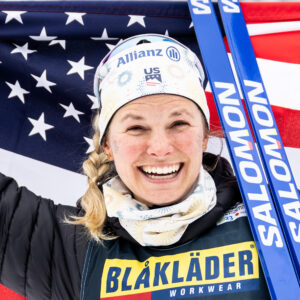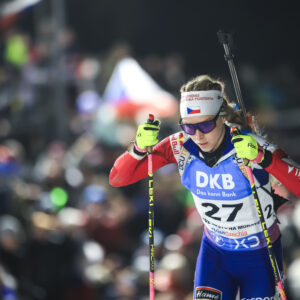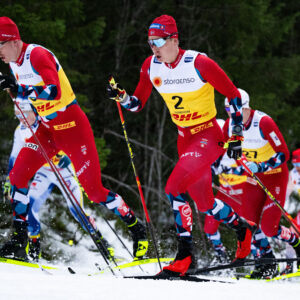Anders Aukland: “Two or three workouts a week are enough”
Planning to ski Birkebeinerrennet or Vasaloppet? The Ski Classics Legend Anders Aukland shares his best tips on how to make the most of autumn training.
When Anders Aukland retired after the 2022/2023 Ski Classics Pro Tour season, his biggest fear was losing fitness. That didn’t happen. At 53, the Norwegian remains in remarkably good shape.
That impressive fitness is no coincidence. It’s about quality and systematic effort over time. Aukland believes training doesn’t need to be complicated or overly time-consuming.
“I think with two or three really effective workouts a week, you can get very far,” says Aukland to Langrenn.com.
For those aiming at Birkebeinerrennet or Vasaloppet, he has good news: there’s still time to get in the best shape of your life.
Here are his best tips for autumn training.
Also Read – Training for Vasaloppet: Who says there are no shortcuts?
Consistency, specificity, and motivation
The most important aspect of training is consistency. You need to determine how much time you can realistically spend on training and maintain that level over time.
Your training should mix the key elements every recreational skier needs: endurance, strength, and technique.
The main challenge for anyone training to improve is finding the right volume — not too little and not too much. What’s “too much” depends on many things, such as age and life situation (family, school, work, etc.).
Motivation is another key factor. Some people have plenty of it, others wish they had more. For Aukland, training feels easiest when he’s doing the most and working hardest — close to race season, when he has structure and purpose. The toughest time is spring, when training is unstructured and fitness is low.
“The good thing is that the body responds quickly to training. You’ll notice progress fast. It’s like fresh produce — it doesn’t last long if you stop. If you do a solid job from now until Vasaloppet or Birken, you can make huge improvements.”
The story continues below.
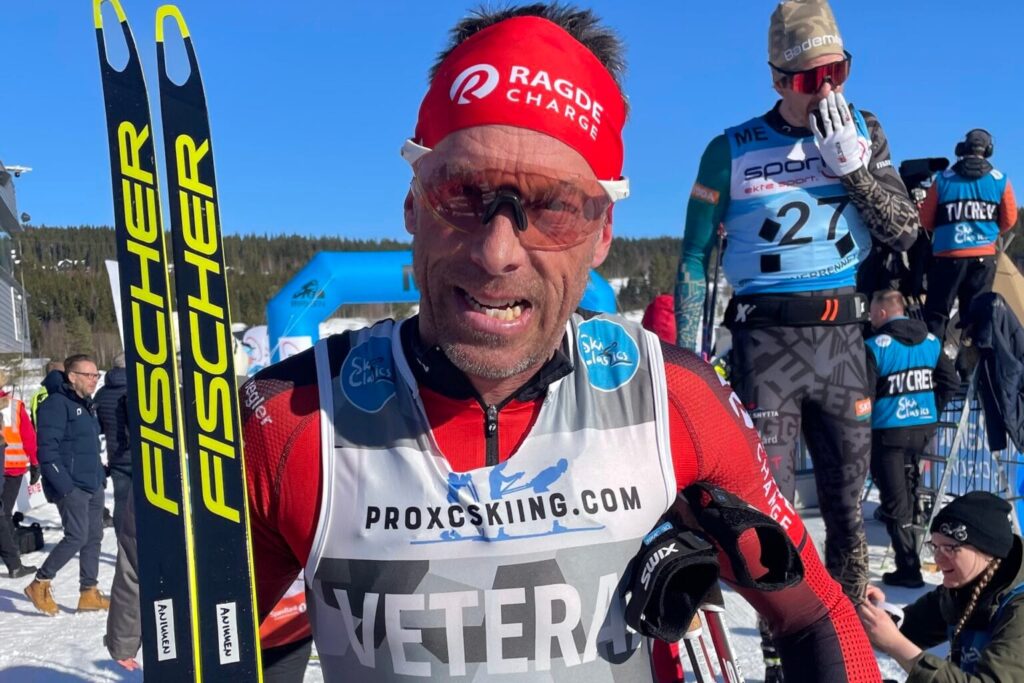
Establish a weekly routine
Create a loose weekly plan without overcomplicating it. Check the weather, decide whether to hold indoor or outdoor sessions, and train at a time that fits your schedule — maybe commute to or from work by running or cycling.
“I find it really hard to train in the evening. If you can squeeze in a short session earlier in the day or before dinner, it’ll feel much easier. Starting the day with some exercise makes everything better. Consistency is more important than volume — a short treadmill session is much better than nothing.”
Have a long group workout once a week with training friends or join a local group.
Include one hard workout per week — either on a treadmill or SkiErg.
Also Read – SkiErg vs. Ercolina: Which double-poling trainer is right for you?
What to train
For cross-country skiers, endurance is key. Combine long, easy sessions, moderate “threshold” workouts, and high-intensity intervals. The less you train, the higher the proportion of intense sessions you should do.
One proper long session
“I notice many recreational skiers go a bit too hard on long sessions — they want to feel tired. That’s fine for general fitness, but if you want to improve, separate easy and hard sessions more clearly.”
He recommends one long workout per week, lasting roughly as long as your goal race, and keeping the pace easy.
Two types of hard sessions
a. Long threshold sessions at race pace — for example:
- 6×8 min (1 min rest)
- 3×20 min (3 min rest)
- 1 hour continuous
You can vary incline and speed, but aim for long efforts at high speed without stiffness. Focus more on rhythm and control than on maximum heart rate.
b. Shorter, faster intervals, such as:
- 10×3 min (2 min rest)
- 3×10 min with 30s on/30s off
- 6×5 min (2 min rest)
Start controlled and finish strong — but don’t go to total exhaustion.
Train specifically
The more specific the movement, the better. Double-pole on skis, roller skis, or SkiErg. Running is also excellent for endurance, and better than cycling if you must choose.
“Use roller skis or snow skis for long sessions, and treadmill or SkiErg for efficient, time-saving interval workouts.”
The story continues below.
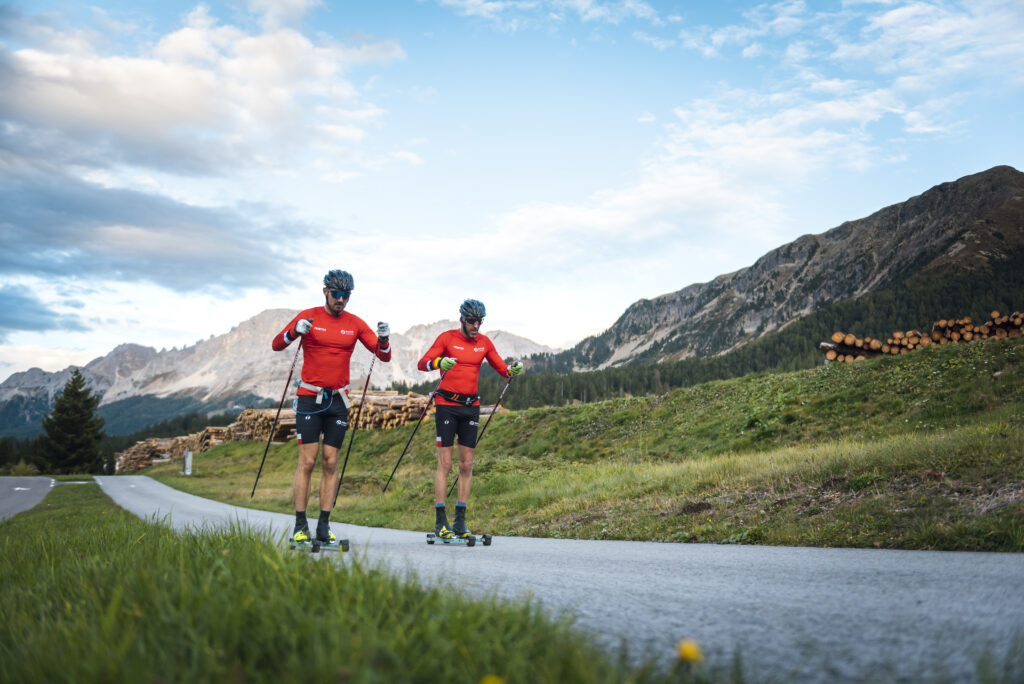
Training distribution
Plan 2–3 hard sessions per week, one long endurance workout, and one shorter long run. That’s a solid balance.
Strength training
Strength becomes increasingly essential with age. Aerobic capacity declines rapidly after 40–45, but strength can be maintained much longer.
Aukland recommends:
- 2 strength sessions per week in summer/autumn
- 1 session per week in winter for maintenance
Include core exercises, especially those engaging the hip flexors — for example, sit-up variations with leg lifts.
Add 5–6 key ski-specific movements with heavier resistance:
- Lat pull-downs (straight and bent arms)
- Pullovers
- Rows and pull-ups
- Deadlifts and squats (if interested in more strength work)
Keep it varied and heavy, with low reps. A full session typically lasts around 45 minutes, incorporating some SkiErg exercises before and after to ensure a ski-specific workout.
The story continues below.
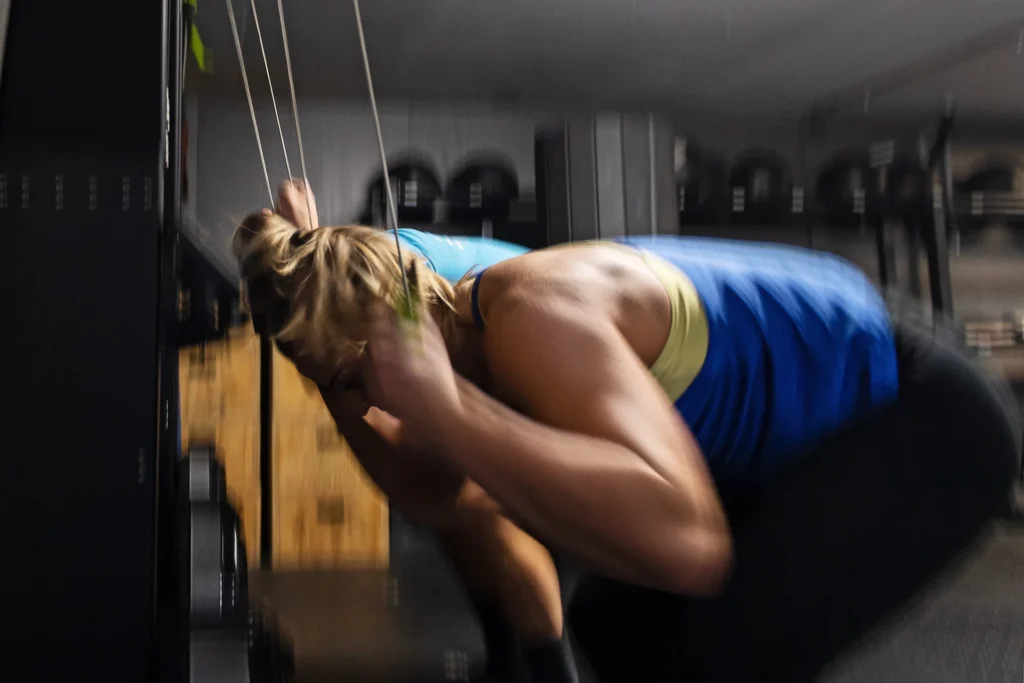
Technique
You train technique best on snow. Once you can get to the mountains or local snow, go for long sessions at a moderate pace.
“Skiing in hilly terrain is tough. Trysil and Beitostølen currently have the best conditions in Eastern Norway, but Sjusjøen will likely soon follow.”
For most recreational skiers, Christmas is an excellent time for long, easy ski sessions. Until then, use your roller skis often, even if the weather’s bad.
Two practical tips:
- Sharpen your pole tips before every session
- Use cycling shoe covers over ski boots to keep your feet warm
Are you interested in training for long-distance, traditional cross-country skiing and biathlon? Click HERE and read more about it.

